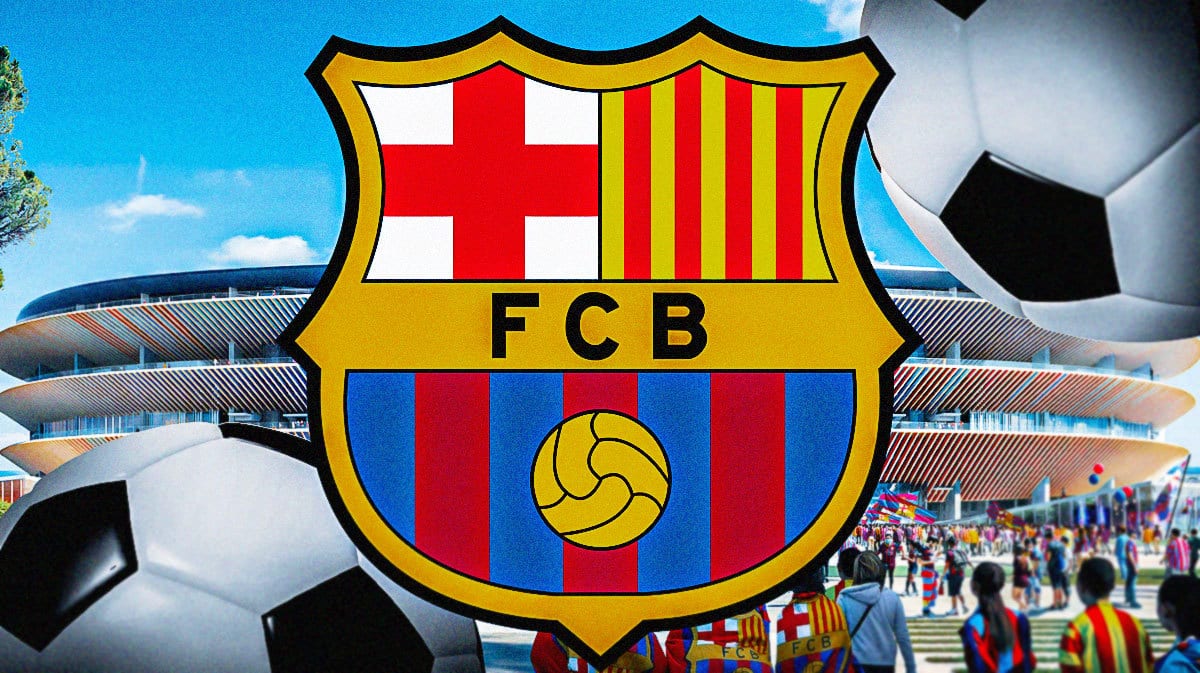In the dynamic realm of sports architecture, few unveilings garner as much attention and anticipation as introducing a new stadium. Such was the case when the illustrious Camp Nou, home to FC Barcelona, took center stage at the Coliseum Summit Europe. This prestigious event, hosted by the Global Sports Venue Alliance, provided a platform for specialists worldwide to delve into the intricacies of the Blaugranes' upcoming architectural marvel.
At the summit, held within the iconic confines of London's Tottenham Hotspur Stadium, Raul Alvarez, the visionary mind behind the Espai Barça project, stood as the emissary for FC Barcelona. With a captive audience of industry experts, Alvarez elucidated on the project's technical nuances, shedding light on its current progress and its transformative potential for the Catalan giants and their beloved home.
The Vision Unveiled: Integrating Tradition with Innovation
Amidst the symphony of discussions on stadium construction trends and opportunities, Alvarez's presentation emerged as a beacon of innovation. He delved into the intricacies of Espai Barça, unveiling its grand design and outlining its pivotal role in reshaping Barcelona's sporting landscape. A key focal point of the project lies in seamlessly integrating the stadium into the city's fabric, fostering a symbiotic relationship between sport and urbanity.
Can't wait to see the new Spotify Camp Nou 🤩
(via @fcbarcelona) pic.twitter.com/OrBjrvhptQ
— ESPN FC (@ESPNFC) March 20, 2024
The development blueprint for Espai Barça isn't merely about erecting a state-of-the-art sporting arena; it's a holistic endeavor to promote sustainability and social responsibility. Alvarez emphasized incorporating environmentally conscious design elements and implementing measures to encourage eco-friendly transportation options. This commitment to ecological stewardship underscores Barcelona's dedication to leaving a positive imprint on its community and the planet.
As attendees marveled at the architectural ingenuity behind Espai Barça, it became evident that the project isn't just about enhancing FC Barcelona's facilities—it's about redefining the fan experience, fostering new revenue streams, and cementing the club's status as a global sporting powerhouse.
The forums orchestrated by the Global Sports Venue Alliance serve as fertile ground for exchanging ideas and insights within the sports and entertainment industry. Against this backdrop of innovation and collaboration, projects like Espai Barça stand as testaments to the enduring allure of stadium construction and the boundless opportunities it presents for growth and evolution.
A Catalyst for Change: Shaping Barcelona's Sporting Identity
As Barcelona's storied Camp Nou undergoes a transformational metamorphosis, it's not merely the physical structure that's evolving—it's the essence of what it means to be a football club deeply intertwined with its city's fabric. With Espai Barça, FC Barcelona isn't just building a stadium; they're crafting a legacy that transcends sport and leaves an indelible mark on Barcelona and beyond.
The Espai Barça project represents more than just a venue for sporting events; it's a multifaceted hub that will host many activities, from concerts and cultural events to educational programs and community initiatives. By diversifying its offerings, FC Barcelona aims to create a vibrant epicenter that resonates with fans, residents, and visitors alike.
Moreover, the project's emphasis on sustainability aligns with Barcelona's broader commitment to environmental stewardship and innovation. From energy-efficient infrastructure to green spaces that promote biodiversity, Espai Barça embodies the city's ethos of responsible urban development.
Espai Barça symbolizes a new chapter in Barcelona's rich sporting history—one defined by inclusivity, sustainability, and forward-thinking design. As the project progresses and Camp Nou undergoes its remarkable transformation, one thing remains certain: the Blaugranes' new home will stand as a testament to the enduring power of sport to inspire, unite, and shape the future of communities worldwide.

















